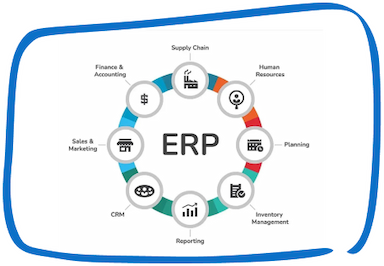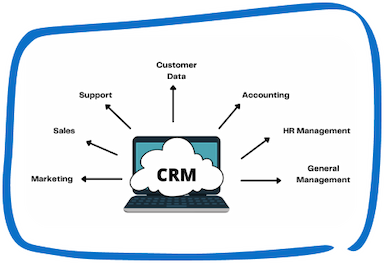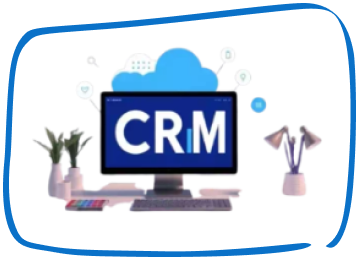Budgeting is never just a one man show, even if it is managed by one person. Company information from disparate sources translates to collaboration, which should then also be a top priority characteristic in a planning solution. Typically, we’re used to back-and-forth e-mail conversations, complete with heavy spreadsheet attachments that someone has to bring together manually into one overarching budget. Luckily, this has changed as today’s premier tools securely offer platforms that allow multiple professions to add to a budget without having to manually piece together spreadsheets from your network server. Relatedly, security then becomes a necessary consideration, particularly with all the sensitive data involved. [sage 300 ERP]
Let’s start with arguably the most popular: Microsoft Excel. Most businesses are still depending on Excel for manual budgeting processes. The program is basically embedded in the finance world’s DNA at this point, so it is familiar and easy, but it doesn’t have the security or a database that would allow for user friendly collaboration. Many problems can come up when manually linking spreadsheets for your consolidated budgets due to Excel’s static input templates. Additionally, Microsoft produces a software specifically for budgeting: Forecaster.
2,000+ organizations have deployed Forecaster for their planning tasks, likely because of the strength of the Microsoft brand. The tool is in maintenance mode now, in terms of any further development, because it has reached its life cycle end. Forecaster is a proprietary interface, despite being a Microsoft product, that doesn’t work with or in Excel, so you have to learn a completely new set of features, functionality, and formatting. When it comes to ease of use, there might be more training dollars involved because of the potentially longer learning curve for users. Additionally, Forecaster might prove too simple to meet your modern budgeting demands, particular when you compare it to independent software vendor (ISV) offerings. Furthermore, it is well known that plenty of Forecaster users do some of their planning outside of Forecaster in manual spreadsheets, so they can perform their required calculations and layouts for processes like complex payroll or revenue budgets.
References:
Speak with Our Team!
4.9 Stars
1k+ reviews on






